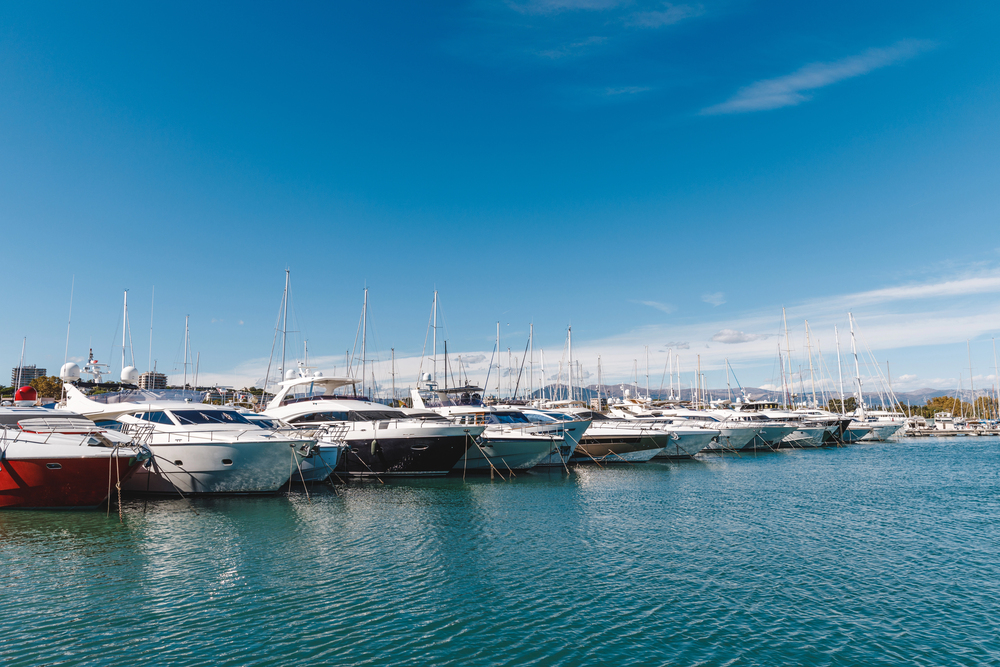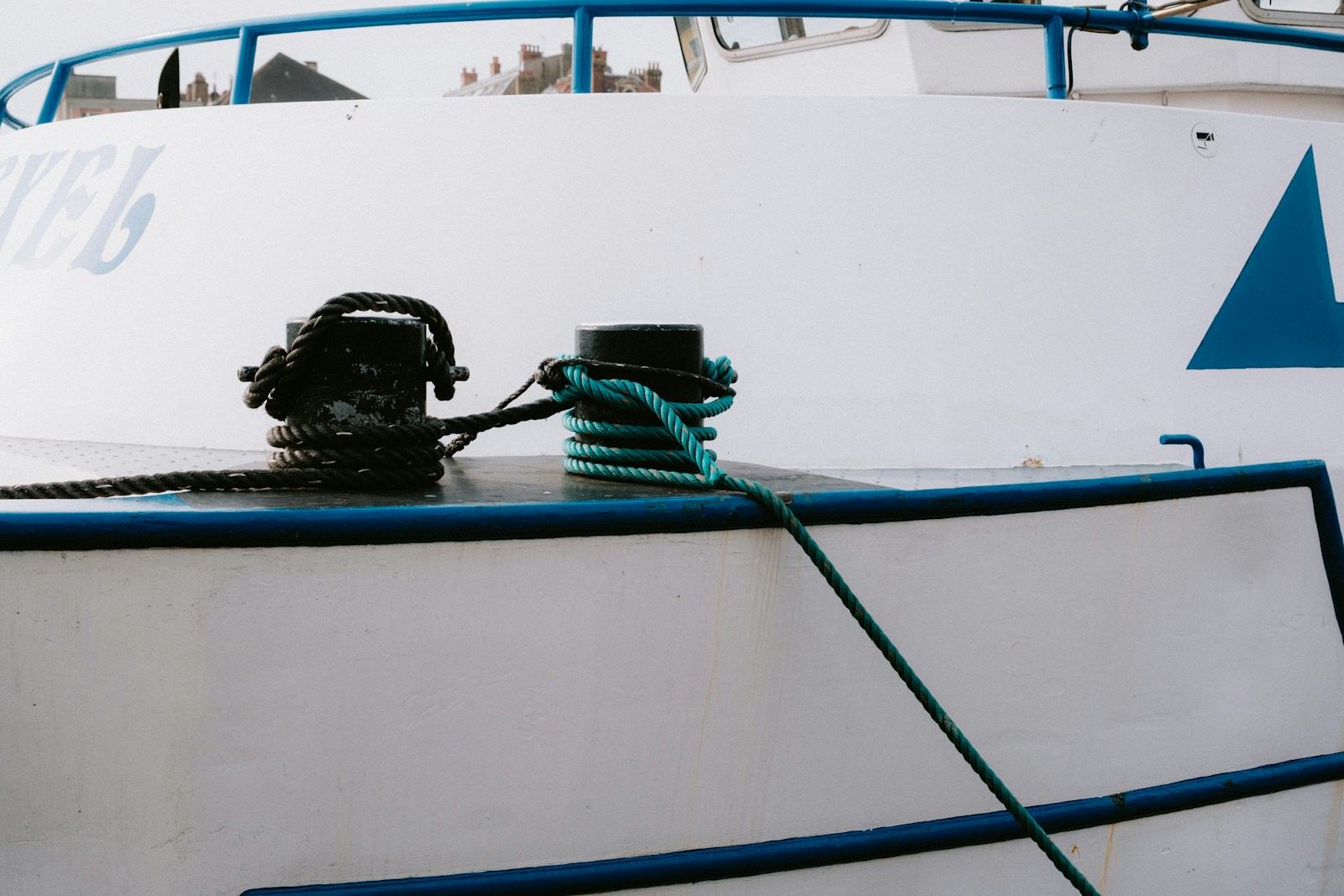When were boats invented?
Boats have played an essential role in shaping human civilization. From the earliest dugout canoes carved from a single tree trunk to the early boats made of natural materials like wood and animal skins, and eventually to the sleek fiberglass and steel vessels we see today, boats have been instrumental in facilitating trade, exploration, and cultural exchange. But where did it all begin? When were boats invented, and how have they evolved over the centuries?
This comprehensive blog explores the origins of boats, their historical development, and their impact on human history. By the end, you’ll not only have a deeper appreciation for these vessels but also insights into modern innovations and trends shaping the maritime industry today.
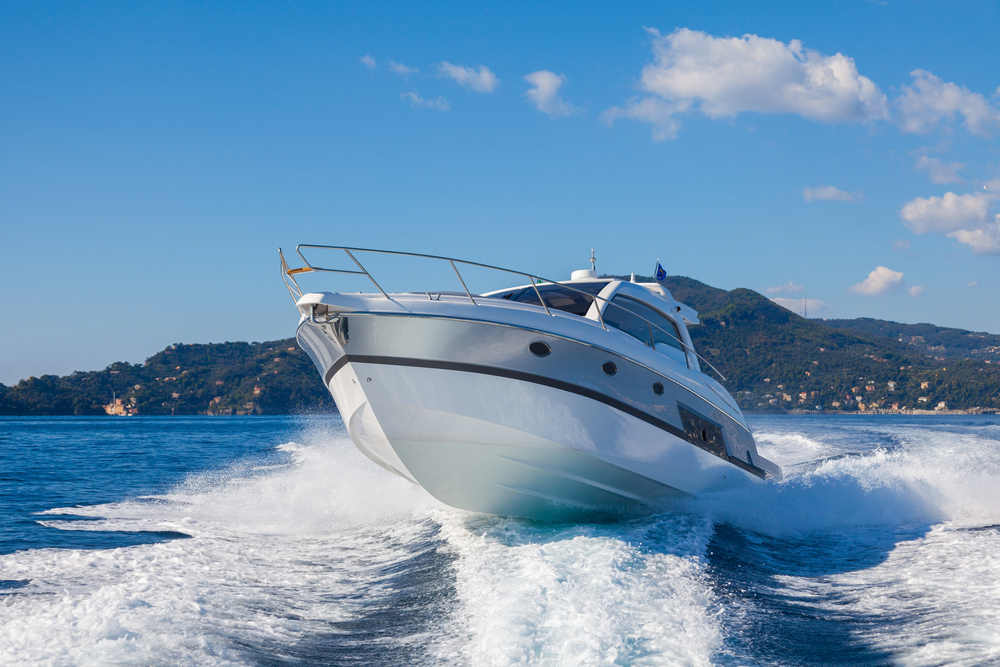
When Were Boats Invented? | The Origins of Boats
What Is a Boat?
Simply put, a boat is a watercraft designed to float and move on water. Typically smaller than ships, boats are versatile and serve various functions including transportation, fishing, recreation, and even safety operations. While definitions of a “boat” may differ slightly, the concept of these vessels harks back thousands of years to prehistoric times.
The First Boats
Around 8,200 BC, humans crafted some of the earliest boats, known as dugout canoes, from hollowed-out tree trunks. These early boats were primarily used for fishing and traversing rivers and lakes. One of the best-preserved examples is the Pesse Canoe, considered the oldest recovered boat in the world. It offers an extraordinary glimpse into how humans adapted their environment to meet basic needs like food and transportation.
Boats weren’t merely tools of survival—they were pivotal in bridging communities and enabling early migrations. Their utility grew as human civilizations expanded, marking an important chapter in world history.
The Pesse Canoe and Early Human Migrations
The Pesse Canoe, discovered in the Netherlands, holds the title of the oldest recovered boat in the world, dating back to around 8200-7600 BC. This ancient vessel, carved from a single pine log, measures approximately three feet long and offers a fascinating glimpse into the resourcefulness of early humans. The Pesse Canoe is a dugout, a type of boat made by hollowing out a tree trunk, showcasing the ingenuity of our ancestors in adapting their environment to meet their needs.
The significance of the Pesse Canoe extends beyond its age and construction. It represents a pivotal moment in human history when early humans began to use boats for migration. These early vessels enabled people to traverse rivers, lakes, and seas, facilitating the exchange of ideas, cultures, and goods. The Pesse Canoe is a remarkable testament to the importance of boats in shaping human history and the development of early civilizations.
From Dugout Boats to Sailing Ships
Early Wooden Boats
The humble dugout canoe is where it all began. Through experimentation and necessity, early boat builders began to evolve these small boats into larger wooden vessels capable of carrying multiple people or goods. Over time, they added features like oars for propulsion, rudimentary sails for wind power, and hull designs optimized for stability.
Sailing Vessels
The development of square sails in ancient and medieval times revolutionized how boats traveled longer distances. Boats evolved into sailing vessels capable of navigating open seas, paving the way for exploration and trade. Key examples include the clipper ships of the 19th century, celebrated for their speed, and recreation-use pleasure boats.
From Wood to Steel
By the late 19th century, the introduction of iron or steel frames began replacing wooden boats, marking another vital leap in boat construction. Steel boats allowed for larger ships with incredible passenger capacity and cargo capability. This advancement made maritime trade more efficient, contributing significantly to the Industrial Revolution.
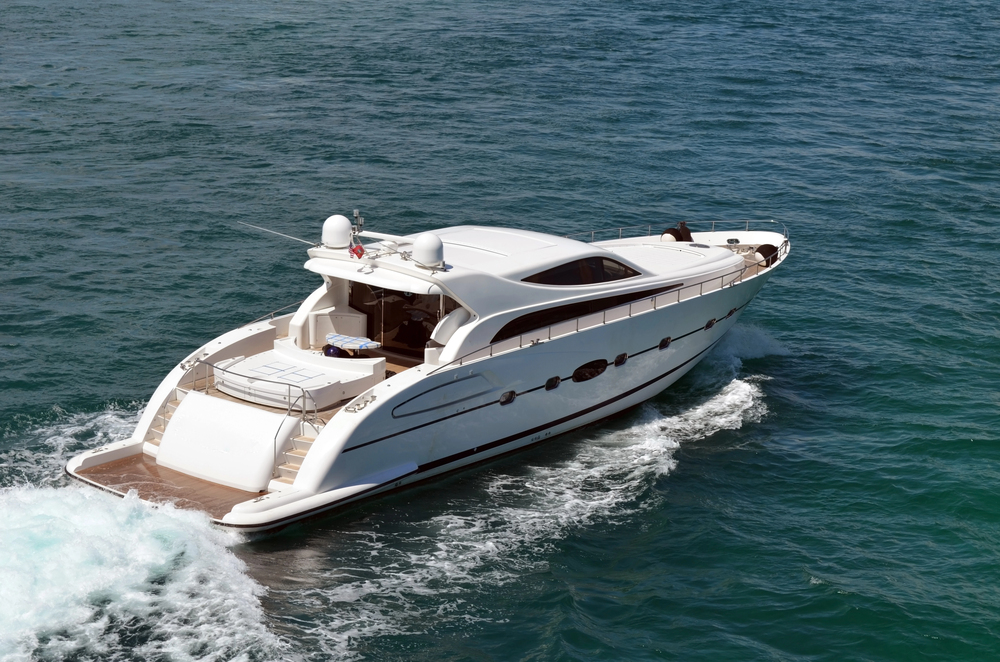
Boats Throughout History
Functional Types of Boats
The diversity of boats reflects the many roles they play:
- Fishing Boats – Designed for extracting seafood, fishing boats have supported coastal communities for centuries. Fishing fleets, comprising various types of boats, showcase the diversity and technological advancements in fishing vessels, particularly in commercial fishing and aquaculture.
- Workboats – For trade and commerce, workboats such as cargo ships have transported goods along inland waterways and across seas.
- Rescue Boats – Serving vital rescue and safety functions, these boats safeguard crews during emergencies.
- Reed Boats – Used in ancient Egypt, these vessels highlight ingenious methods of crafting watercraft from natural materials like plant fibers.
Fishing Boats and Workboats
Fishing boats have been a cornerstone of human civilization for millennia, serving both commercial and recreational purposes. These vessels have provided a vital source of food and livelihood for countless coastal communities. Over time, fishing boats have evolved to suit various fishing techniques and environments, from small, simple wooden boats to large, sophisticated trawlers. The design and materials of fishing boats have continually adapted to improve efficiency and sustainability, reflecting the changing needs and technologies of the times.
Workboats, on the other hand, are designed for specific tasks such as transportation, construction, and rescue operations. Built with durability and functionality in mind, these boats often feature robust materials and designs capable of withstanding harsh conditions. Workboats have been instrumental in the development of modern societies, facilitating the construction of infrastructure, the transportation of goods, and the provision of emergency services. Whether it’s a tugboat guiding a massive cargo ship or a rescue boat saving lives at sea, workboats play a crucial role in our daily lives.
Recreational Boats
Modern innovations have taken boats beyond survival and commerce to leisure. Recreational boats, such as ski boats and pontoon boats, provide enjoyable experiences for water lovers. Additionally, private recreational boats now offer advanced features like upgraded comfort and eco-friendly designs powered by electric or hybrid propulsion systems.

Boats as Historical Game-Changers
Boats have carved an indelible mark on human progress and societal development. Their influence extends across trade, exploration, warfare, and cultural exchanges.
Trade and Maritime Exploration
Boats enabled the first sea trade routes, fostering early economies and the exchange of goods and cultures. Explorers like Christopher Columbus and Ferdinand Magellan used ocean-going vessels to chart new lands and create trade networks.
Societal and Cultural Impacts
The spread of cultures, religions, and technologies via boats established interconnected societies. For instance, sea routes allowed civilizations to grow, share resources, and exchange ideas. Even today, boats signify cultural heritage in many coastal regions, often celebrated through traditional boat-making festivals and ceremonies.
The Cultural Significance of Boats
Boats have always been more than just a means of transportation; they hold deep cultural and symbolic significance across various societies. From ancient times to the present day, boats have been used for trade, warfare, and recreation, but they have also inspired art, literature, and music. Many cultures revere boats as symbols of freedom, adventure, and exploration, embodying the human spirit’s quest for discovery.
In ancient Egypt, boats played a crucial role in spiritual and religious practices. They were used in funeral rites to transport the deceased to the afterlife, symbolizing the journey of the soul. Similarly, in many indigenous cultures, boats are considered sacred vessels that connect people to their ancestors and the natural world. These cultural connections highlight the profound impact boats have had on human societies, shaping not only our physical world but also our spiritual and cultural landscapes.
Modern Boat Evolution
Materials Revolution
With the advent of technology, boat construction has shifted from primarily wood to materials like steel boats, fiberglass, and even glass-reinforced plastic. These innovations improve durability, reduce maintenance, and enhance design possibilities.
Additionally, unique approaches like iron wire frameworks have influenced the structural integrity of modern boats.
Advances in Propulsion
Early vessels relied on simple means like manual paddles and wind power. Modern boats, however, utilize advanced engines such as diesel engines or hybrids, significantly improving efficiency and reliability.
Safety Features
Today’s boats prioritize rescue and safety functions, often adopting technologies used by the coast guard for enhanced security and navigation.
Private Recreational Boats and Sustainable Design
The popularity of private recreational boats has surged in recent years, with many people enjoying activities such as skiing, sailing, and cruising. However, this rise in recreational boating has also brought environmental concerns to the forefront. In response, many manufacturers are now focusing on sustainable design, using eco-friendly materials and propulsion systems to minimize environmental impact.
Sustainable boat design involves the use of recycled plastics, sustainable wood, and renewable energy sources like solar and wind power. Modern boats are increasingly equipped with energy-efficient propulsion systems, such as electric and hybrid engines, which reduce emissions and improve fuel efficiency. Additionally, innovative designs, such as modular construction, allow for easy disassembly and recycling at the end of a boat’s life cycle. These advancements ensure that private recreational boats can be enjoyed responsibly, preserving our waterways for future generations.
By integrating these new sections, the article will provide a comprehensive overview of the history and evolution of boats, highlighting their significance in shaping human civilization and their ongoing impact on modern society.
The Future of Boats
Boats are moving into a promising future shaped by automation and sustainability:
- Autonomous Boats – Equipped with Artificial Intelligence, these vessels operate independent of human control, ideal for tasks like shipping and oceanographic research.
- Sustainable Propulsion – Solar-powered boats or electric engines are mitigating environmental impacts and setting new industry standards.
Emerging trends such as smart navigation systems and AI-powered management tools reflect ongoing innovation in the boat industry.
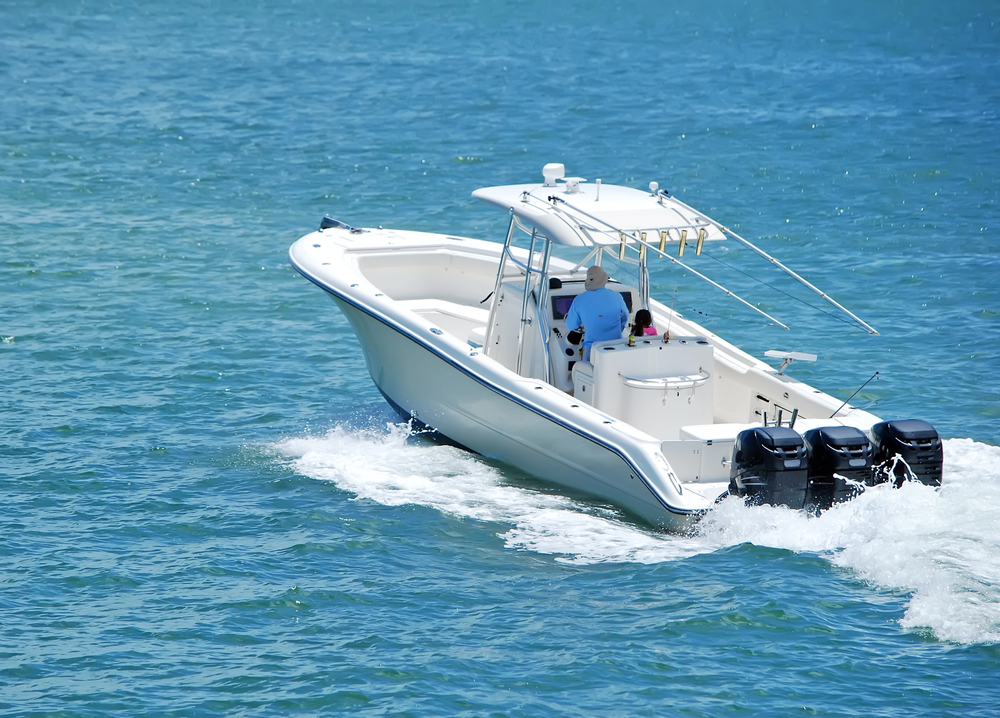
Closing Thoughts: Boats and Human Progress
From the hollowed-out trunks of prehistoric times to today’s high-tech container ships and pleasure boats, boats have continually evolved to meet the changing needs of humans. Their significance transcends utilitarian purposes—they’ve shaped economies, inspired exploration, and fostered cultural connections.
Whether you’re a history enthusiast eager to learn about the oldest boat in the world, or a modern boat owner looking to transport your vessel, the story of boats remains as relevant today as it was thousands of years ago.
Do you need assistance with boat transport? At Interstate Haulers, we specialize in boat logistics across the continental U.S. Whether your boat is on its own trailer or not, we can help bring your prized vessel safely to its destination.
Resources and Learn More
If you’re fascinated by the history and development of boats, check out these credible resources to deepen your understanding and explore this remarkable subject further:
- Smithsonian National Museum of American History – Boating Through the Ages – Learn about the historical significance and evolution of boats through an extensive collection of artifacts and exhibitions.
- National Geographic – A Brief History of Water Travel – Explore how watercraft shaped human civilizations and enabled global exploration.
- The Mariners’ Museum and Park – Online Collection – Access an incredible archive featuring historic vessels, photographs, and educational resources about maritime history.
- BoatUS Foundation – Guide to Modern Boating – Discover resources on all things modern boating, from safety tips to environmental conservation.
- History.com – The Evolution of Boats and Ships – Delve into how boats transformed from simple rafts to complex vessels driving commerce and exploration.
- Smithsonian National Museum of American History – On the Water – Investigate the stories of America’s maritime past through vibrant collections and interactive features.
- Royal Museums Greenwich – Maritime History Resources – Access a wealth of knowledge about the history of the seas, including shipbuilding, exploration, and navigation.
- NOAA Office of Coast Survey – Historical Maps and Charts – Explore a rich archive of historical nautical maps and charts, offering unique insights into maritime navigation history.
- Viking Ship Museum – History of Viking Ships – Learn about the development of iconic Viking ships and their influence on trade, exploration, and warfare.
These resources provide valuable insights, whether you’re a boating enthusiast, a history buff, or someone curious about how boats continue to shape our world today.

